Introductions (from Found & Explained)
Before the A380, Lockheed Martin had an idea for a double decker super transport plane. An insane aircraft designed in 1996 that was bigger than a 747, carried more passengers than an A380 and would have dominated the skies. Let’s explore this never built aircraft.
Back in the early 90s, there was a problem with airports. Air travel was increasingly becoming popular and airlines were struggling to get enough airport landing slots for all the demand. Some airports like Heathrow were utterly full and were selling landing slot pairs for millions of pounds. Cha Ching.
Thus, if you could not increase the number of planes landing at airports, then it was time to make the planes bigger. Boeing had started the trend with the Boeing 747 and Airbus was following with the A340 series. Lockheed Martin, who had left the commercial aviation division after its L1011 trijet design, decided to think of the next logical step in aircraft evolution.
They created a program called the Large Subsonic Transport, a series of designs for an aircraft that would be the natural evolution of the Boeing 747.
This aircraft would solve the problem of limited airport capacity, but naturally fill rising demand in places like China and be the next military aircraft for the US air force, who had fleets of transport approaching retirement age.
They targeted a passenger capacity of around 800 passengers for long haul flights, as well as the possibility for it to be configured as a freighter.
The design that they came up with was this – officially called the Lockheed Very Large Aeroplane (LVLA for short).
It had a takeoff weight of 1.4 million pounds, or 635 metric tonnes with four powerful engines. It had a wingspan of 282 feet (85 m) with folding wingtips, much like the Boeing 777X today that brought it down to 211 feet (64 m), the same as a Boeing 747.
It was 262 feet long (79 m), making it one of the longer planes around in the world today. Needless to say, this aircraft would have dominated the airports around the world and required modifications to runways and gates like the A380 would ten years later.
Let’s talk about what it would have been like to fly.
It would have carried around 900 passengers onboard, with 450 splits on each deck in a three-class cabin configuration. This aircraft was impressively wide, so passengers might have found themselves in a cabin around 17 seats across, or 3 – 4 – 3 – 4 – 3 configurations with four aisles. Today, the maximum that aircraft has is 10 seats across.
Lockheed Martin also planned for a cargo version of the aircraft with intermodal containers. These are the same containers that are used on trains, boats and trucks, loaded successfully onto a subsonic aircraft. The plane would have been able to hold 16 of them on the lower deck, and still carry 450 passengers on the upper deck.
In the design document, the plane only had a range of 3,200 nautical miles (5,900 km). This is shockingly small compared to the Boeing 747 with 7,730 nautical miles (14,320 km), or the Airbus A380 that could fly 8,000 nautical miles (15,000 km). Flights between London and the New York, a distance of 3008.39 nautical miles (5571 km) would have been possible but routes over the pacific would have to land in Hawaii first. This would have made it unpopular for Asian airlines and those in the middle east as it could not fly far enough.
Lockheed Martin was optimistic however, and believed that they would have a market for around 280 to 370 aircraft. For comparison, the Airbus A380 only sold 242 units, 38 less than the minimum number predicted for the Lockheed Martin’s Very Large Aeroplane. Each of these aircraft would cost around $200-300 million USD in the 90s, which is around half a billion dollars in 2020.
This sounds all fantastic, but why was it never built?
Fascinatingly, for once, an aerospace firm showed hubris and the report Lockheed Martin admitted, it had neither the resources nor the knowhow to build the plane. It suggests that it would have to partner with Boeing and Airbus simultaneously to bring it to the market. A total development cost of $18 billion US.
There were several other disadvantages to the design.
Disadvantages of the Design:
First, it would be incredibly noisy during takeoff and landing.
It would also create a considerable air vortex that would delay
planes landing or taking off behind it.
The aircraft would require all new gates to be built and new service vehicles to perform turnaround tasks. It would also take a long time to board.
It was so heavy that it would crush most runways, and if it landed in the sea during an emergency, it would sink almost immediately.
Speaking of emergency, it was apparent that passengers would have a difficult time evacuating. If you are located in one of the middle seats, you are very far from the nearest exit and it would likely not meet FAA evacuation guidelines.
As the design was different from a standard aircraft, Lockheed Martin was not entirely sure how it would fly in the sky nor how it would handle normal aircraft’s day-to-day flight operations. Alas, this proved all too much for the company that had only recently moved out of commercial aviation and the project was shelved.
Lockheed Martin might have been right to do this. Airbus would go-ahead to build the A380 and it would never really be that successful beyond its initial orders, and the world of super large aircraft came to a close. Today, point-to-point travel with ultra-efficient aircraft are all the range, and the Lockheed Martin dream has become a vision of a forgotten future.
Notes:
This plane is an attempt to VOLOTOK’s challenge
That’s it!
Specifications
Spotlights
- MAPA 1.9 years ago
General Characteristics
- Created On iOS
- Wingspan 204.4ft (62.3m)
- Length 197.5ft (60.2m)
- Height 41.8ft (12.7m)
- Empty Weight 49,087lbs (22,265kg)
- Loaded Weight 100,041lbs (45,378kg)
Performance
- Power/Weight Ratio 5.391
- Wing Loading 143.0lbs/ft2 (698.1kg/m2)
- Wing Area 699.7ft2 (65.0m2)
- Drag Points 86272
Parts
- Number of Parts 276
- Control Surfaces 9
- Performance Cost 1,516

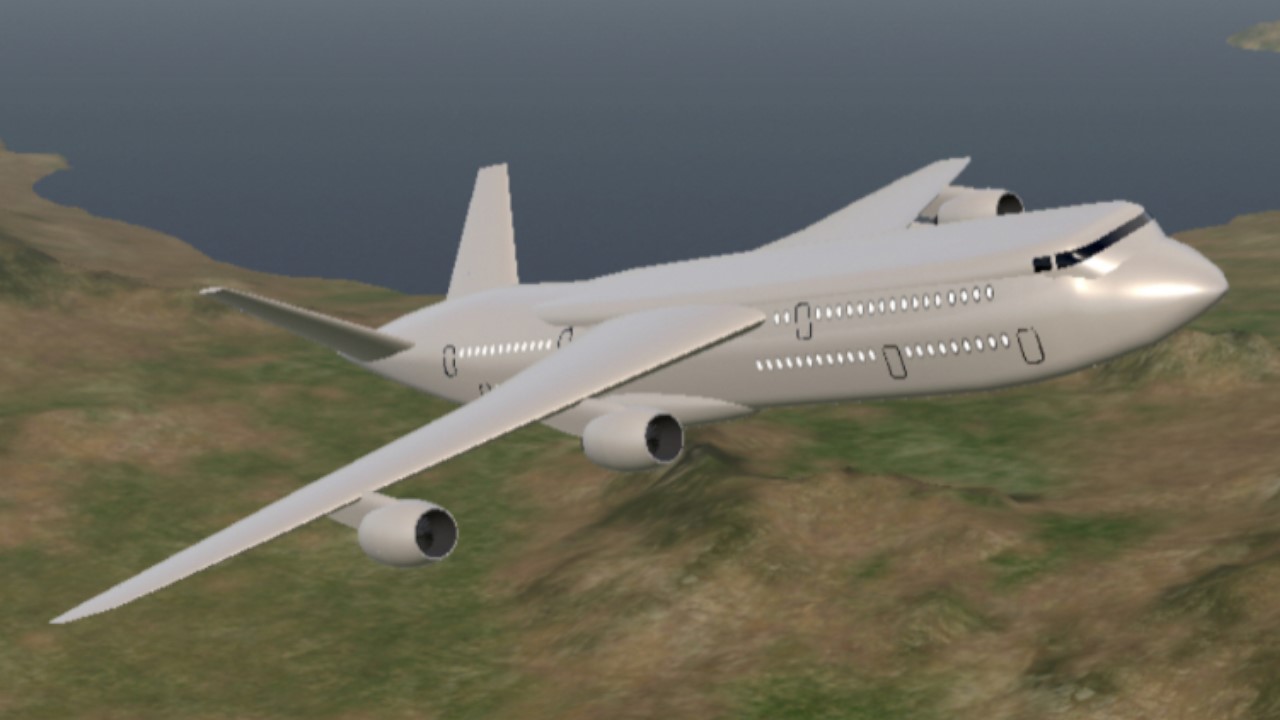
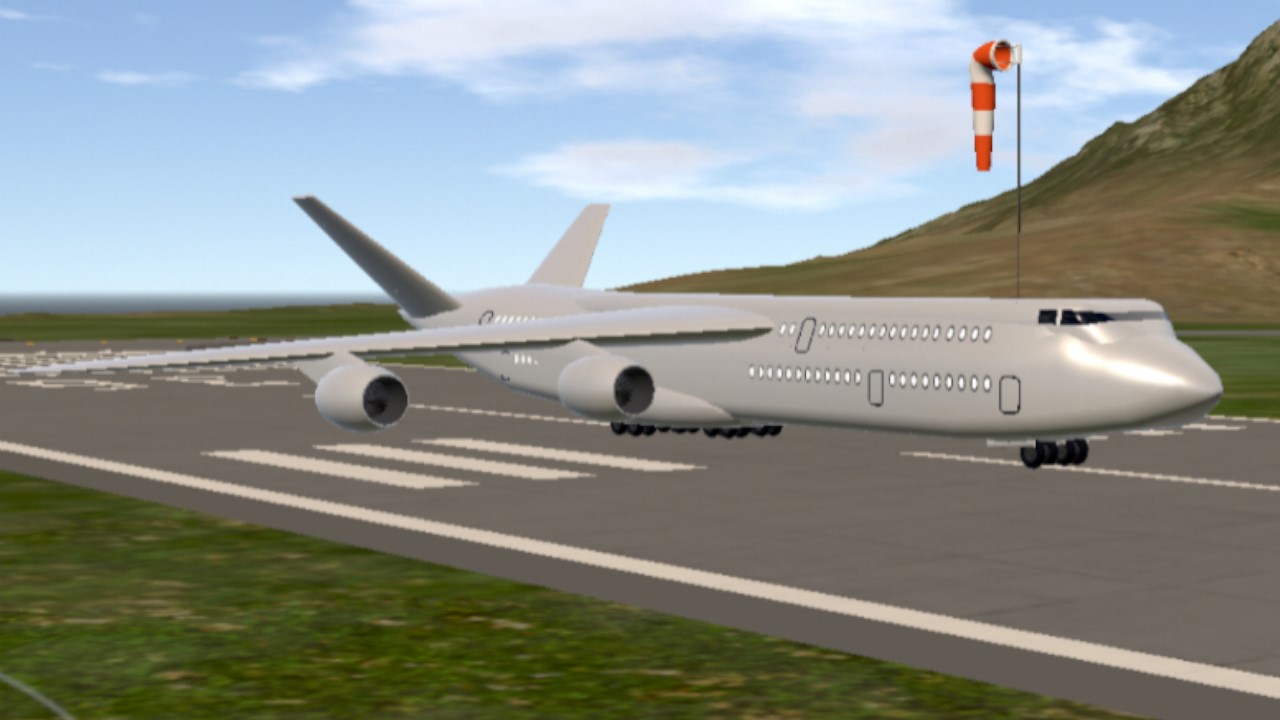
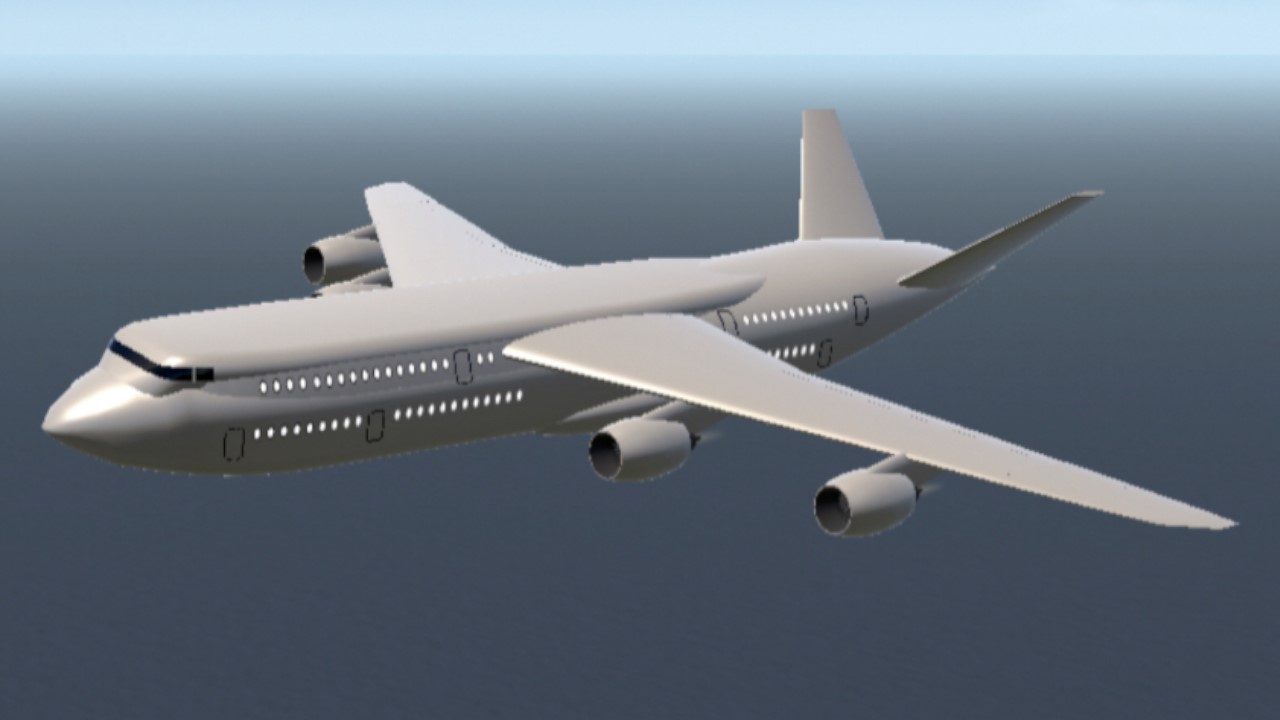
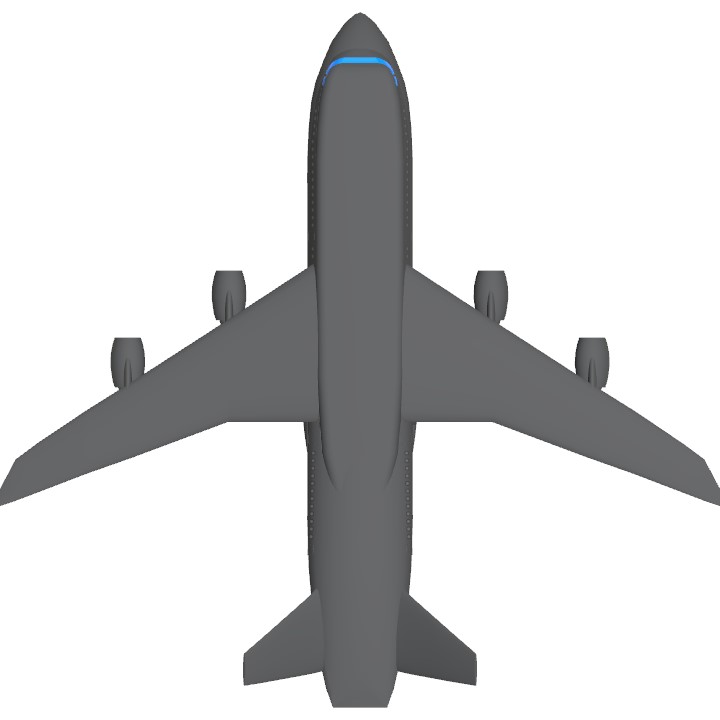
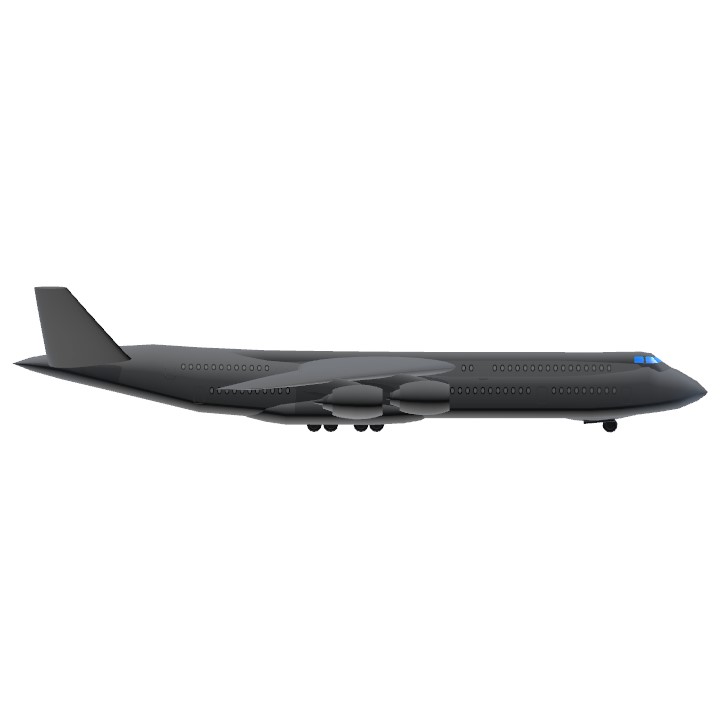
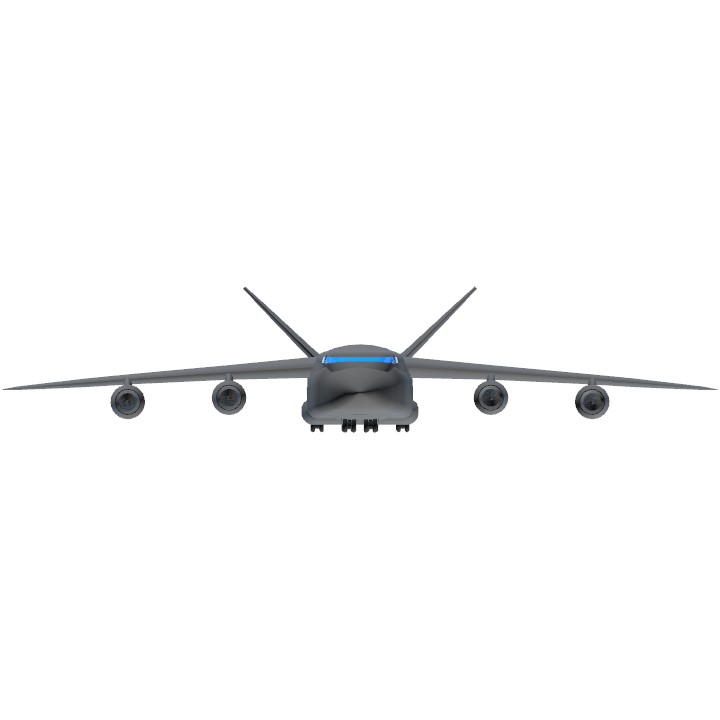
I gave it a livery :3
What ☠️☠️☠️☠️
@CR929thenewSPplayer Alrighty, I will definitely be keeping watch till then. 😉
I’ll make it in 2 weeks (cuz I have other works to make)
@Boeing777x
@CR929thenewSPplayer Okay, and I'll be keeping my eyes peeled for them as much as I can. ;)
IDK, but I’ll do it
@Boeing777x
@CR929thenewSPplayer Oh, and one more thing, do you have a possible time frame for when you might start work on those 2 concept superjumbos just so we know when to expect them. =)
@CR929thenewSPplayer Sounds sweet, I’ll be looking forward to seeing how those might turn out. 😁 😉
Nice ones, I’ll consider making these builds.
@Boeing777x
Oh, and if you ever plan to more big planes for his challenge, I have a couple of my favorite ones right here. ;) 1. British Airways' triple decker And 2. Airbus' A2000
Also, this bird is an awesome first build for VOLOTOK's Big Plane Challenge if I do say so myself. =)
Just about time that I saw one of my favorite superjumbo concepts be recreated here on SimplePlanes, and the wait was more than worth it. ;)
Finally somebody made one
A380
Beeg
Thic boi
average lockheed prototype plane